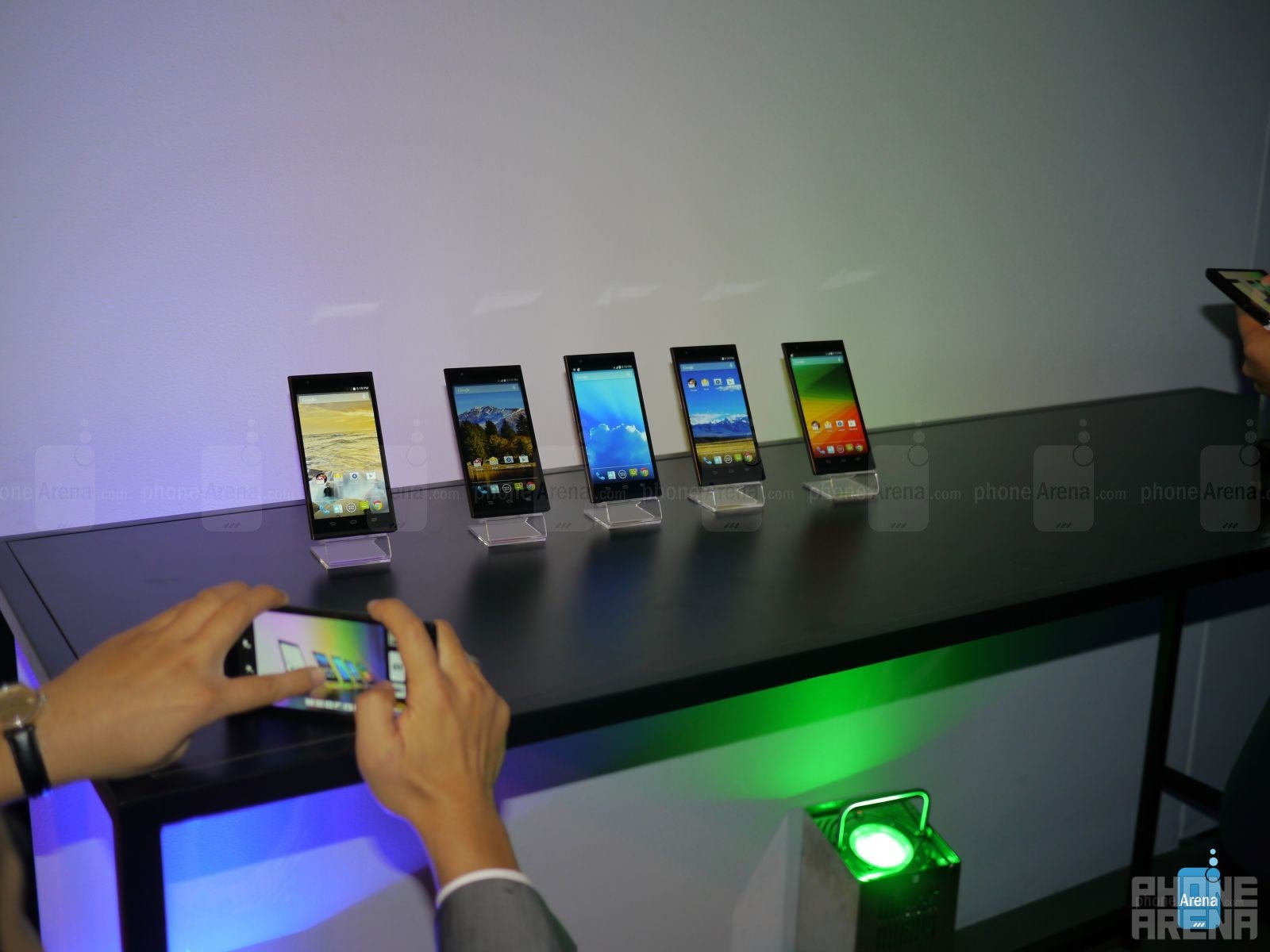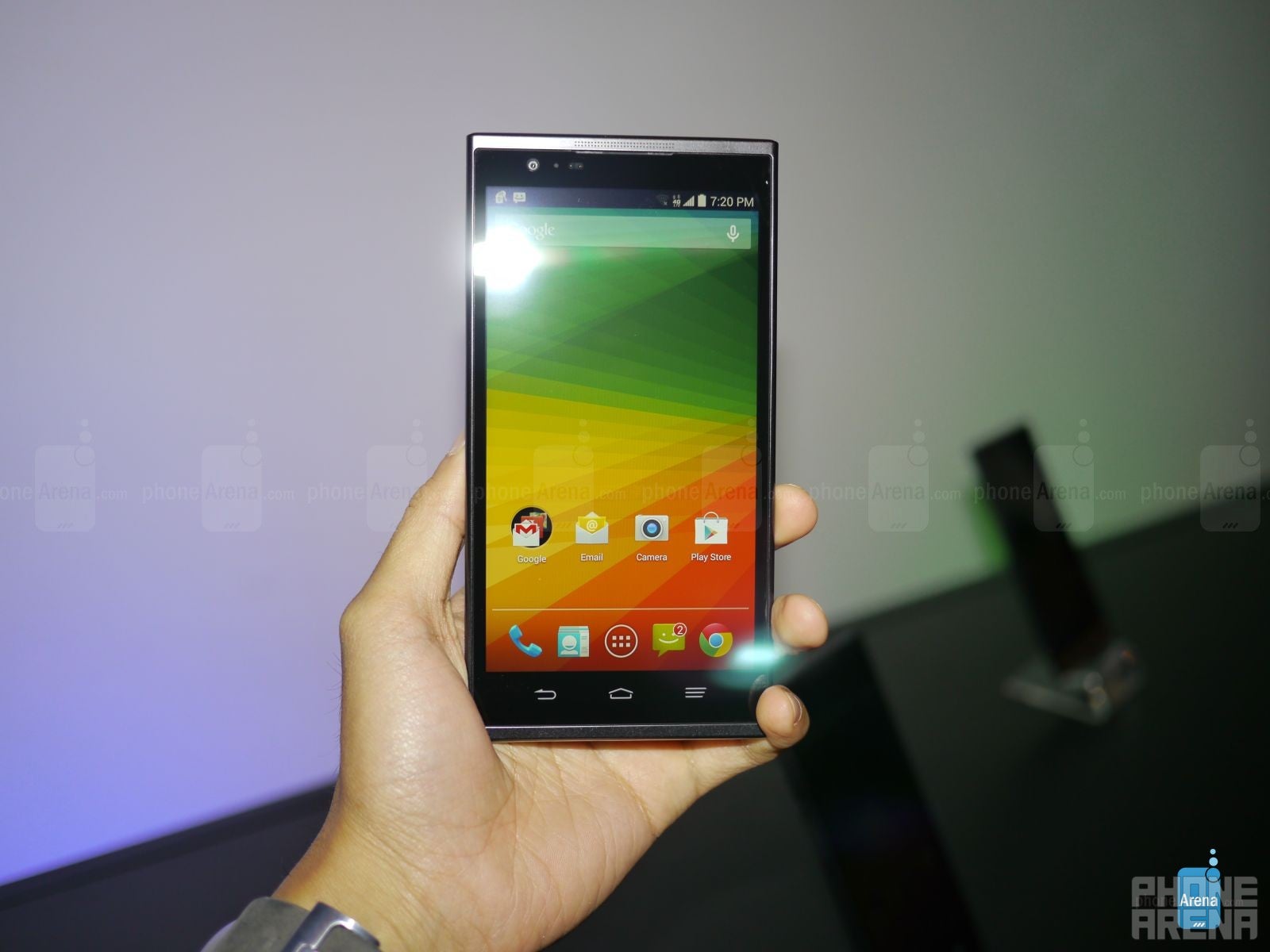ZTE ZMAX hands-on

ZTE held a low key press event in New York City, where they unveiled its latest, affordable phablet in the ZTE ZMAX. Yes folks, you read that right – it’s the ZTE ZMAX, a $252 outright phone that can be purchased through T-Mobile starting on September 24th. Considering that it’s an entry-level offering, don’t expect it to tangle in the same space as other recently announced phablets, like the Samsung Galaxy Note 4 or Apple iPhone 6 Plus. Still, there are certain qualities that’ll appeal to those on a budget, but still want to own a phablet.
Design

Display

Interface
Always a welcomed sighting, the ZTE ZMAX is running a stock Android 4.4 KitKat experience, which is something that many hardcore Android purists will appreciate. Needless to say, it has a very clean looking interface that isn’t overwhelmed by some of those bloated software features that other companies tend to put on top of the stock Android experience. Now, it’s tough to say at this point, seeing that we had a short time playing with the phone at ZTE’s event, but we’re hoping that some parts of the interface are enhanced to make use of the added real estate.
Processor and Memory
Powered by a quad-core 1.2GHz Qualcomm Snapdragon 400 SoC coupled with 2GB of RAM and the Adreno 305 GPU, it’s actually the same chipset used by other entry-level devices like the Moto G (both new and old). Hey, at least it’s able to run basic tasks with little fluff, but don’t think it’ll run some of those intensive 3D games.
Camera

Expectations
ZTE still needs some work before it’s a household name, but it’s interesting what direction the company is going after in trying to achieve that recognition in the US smartphone market. Rather than attacking the high-end segment, they’ve opted to go after the entry-level market instead, which is something that the ZTE ZMAX might be able to succeed in – thanks in part to its irresistible outright cost of $252 through T-Mobile.

Follow us on Google News








![A new Android bug is making it impossible to install new apps. Are you affected? [UPDATE]](https://m-cdn.phonearena.com/images/article/176703-wide-two_350/A-new-Android-bug-is-making-it-impossible-to-install-new-apps.-Are-you-affected-UPDATE.webp)

Things that are NOT allowed:
To help keep our community safe and free from spam, we apply temporary limits to newly created accounts: